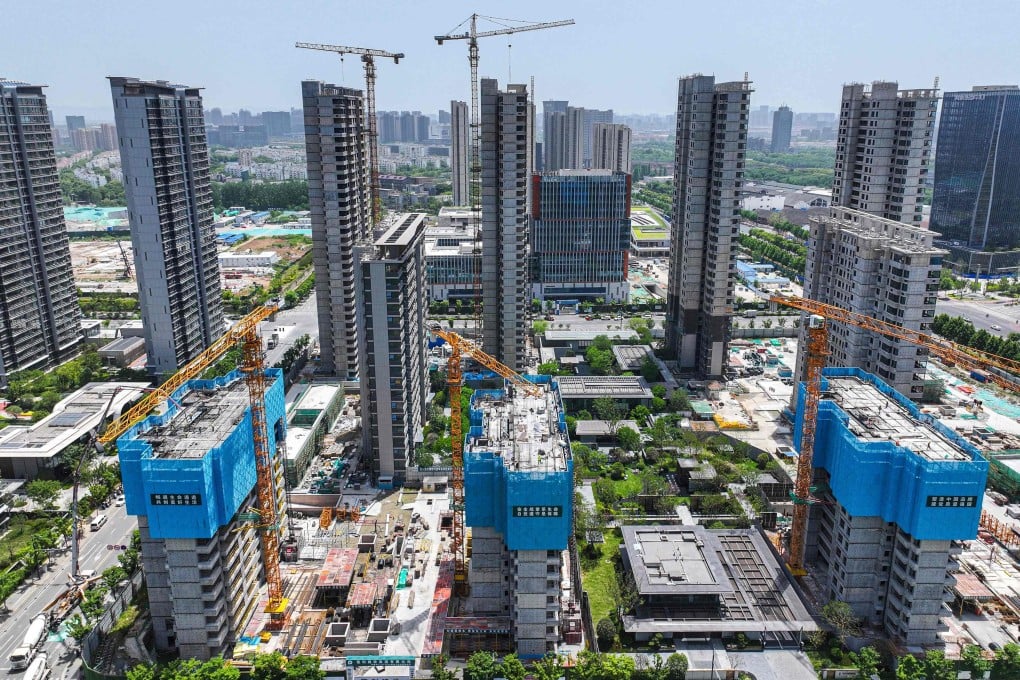Articles in this Cluster
16-06-2025
Asia-Pacific stocks mostly rose Monday amid escalating Israel-Iran tensions and fresh China data. Oil climbed after Israel struck Iranian refineries, while gold briefly hit a near two-month high before easing. China’s May retail sales rose 6.4% year over year, but industrial output growth slowed to 5.8%; the CSI 300 was flat and Hong Kong’s Hang Seng edged up 0.22%. Japan’s Nikkei gained 1.21%, South Korea’s Kospi rose 1.28%, and India’s Nifty and Sensex advanced about 0.65%; Australia’s ASX 200 was flat. Currencies in the region were mostly steady; the dollar index dipped slightly.
Wall Street futures ticked higher after Friday’s broad sell-off tied to geopolitical risks and higher energy prices. Notable movers: Santos jumped over 15% on an $18.7 billion ADNOC-led takeover bid, while Tata Motors fell more than 5% after JLR cut its FY26 EBIT margin outlook to 5%-7% amid U.S. auto tariffs and shipment halts. Brent traded near $74.86 and WTI at $73.73. Gold, up nearly 30% year-to-date, hovered around $3,431 per ounce after earlier gains.
Entities: Asia-Pacific stocks, Israel-Iran tensions, China retail sales, Nikkei, Kospi • Tone: analytical • Sentiment: neutral • Intent: inform
16-06-2025
China’s May data showed mixed momentum. Retail sales rose 6.4% year over year, the fastest since late 2023 and above forecasts, helped by consumer subsidies, online shopping ahead of the “618” event, and more foreign tourists. Industrial output growth slowed to 5.8% (vs. 6.1% in April), and year-to-date fixed-asset investment grew 3.7%, with property investment down 10.7% in the first five months. New home prices fell across all city tiers. The jobless rate eased to 5.0%. While exports showed resilience despite U.S. tariffs, domestic deflation persists. Economists warn the consumption lift may fade as subsidies pause and promotions end, suggesting more policy support may be needed if growth weakens.
Entities: China, retail sales, industrial output, fixed-asset investment, property market • Tone: analytical • Sentiment: neutral • Intent: inform
16-06-2025
China’s consumer spending remains weak due to stagnant income growth, job uncertainty, and a thin social safety net. Disposable income growth has slowed to about 5% annually since 2020, wage gains lag most sectors, youth unemployment is high, and many households prefer saving over spending. Consumers are trading down to cheaper goods and moving from expensive tier-1 cities to lower-cost smaller cities, which boosts volumes but drives down prices, contributing to deflationary pressures. The property slump—central to household wealth—further dampens confidence. While officials are enhancing employment and welfare measures, they’ve avoided broad cash handouts. Analysts suggest boosting pensions, adding holidays, and issuing service-sector vouchers, but argue deeper structural wage reforms are needed, especially since higher-income households dominate consumption and savings. Retail sales growth is slowing, and consumer confidence remains near historic lows.
Entities: Chinese consumers, disposable income growth, youth unemployment, social safety net, deflationary pressures • Tone: analytical • Sentiment: negative • Intent: analyze
16-06-2025
China’s Premier Li Qiang signaled stronger support for the struggling property sector amid its continued drag on growth and consumption. A State Council meeting emphasized optimizing existing policies, better coordination in implementation, and measures to stabilize expectations, stimulate demand, and mitigate risks. Actions include a comprehensive review of projects and land supply, plus more land and financing for urban renewal. While aiming to halt the sector’s decline, Beijing remains cautious, avoiding a full return to past, credit-fueled approaches.
Entities: China, Premier Li Qiang, State Council, property sector, urban renewal • Tone: analytical • Sentiment: neutral • Intent: inform
16-06-2025
China’s May data were mixed: US tariffs continued to pressure manufacturing and exports, but domestic consumption strengthened. Retail sales rose 6.4% year on year, up from 5.1% in April and above forecasts, helped by the upcoming June 18 shopping festival and government trade-in incentives for appliances and household goods. The trade-in program has generated about 1.1 trillion yuan in sales this year, though some local schemes paused due to funding shortfalls. Gains were notable in dining and home appliances, boosted by holidays and pro-consumption policies.
Entities: China, US tariffs, retail sales, June 18 shopping festival, trade-in program • Tone: analytical • Sentiment: neutral • Intent: inform
